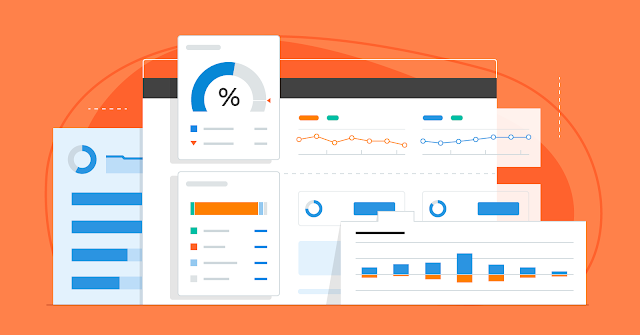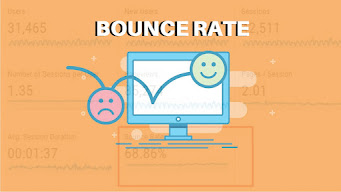Chewy: A Case Study

(Tyler, 2020) I’ve never actually purchased anything from Chewy, but I’ve always been curious about getting something from this website. I’m also a dog lover and have an English Springer Spaniel, so I decided this would be a good time to explore this e-commerce retailer. Chewy (Chewy.com) was introduced in 2011 and has changed the way many people shop for their pets (Chewy, 2021-c). With over 2,000 brands, Chewy has products for dogs, cats, fish, small pets, reptiles, farm animals, and horses that are shipped to your door (Chewy, 2021-b). They sell items such as food, litter, pet beds, treats, toys, supplements, leashes, and collars. They have a pharmacy that will fill and ship prescriptions, and customers can also connect with a vet if they have questions or concerns (Chewy, 2021-b). (Chewy, 2021-b) The company is committed to quality, speed, customer service and customer experience. Their mission is to “be the most trusted and convenient online destination for pet parents ...



